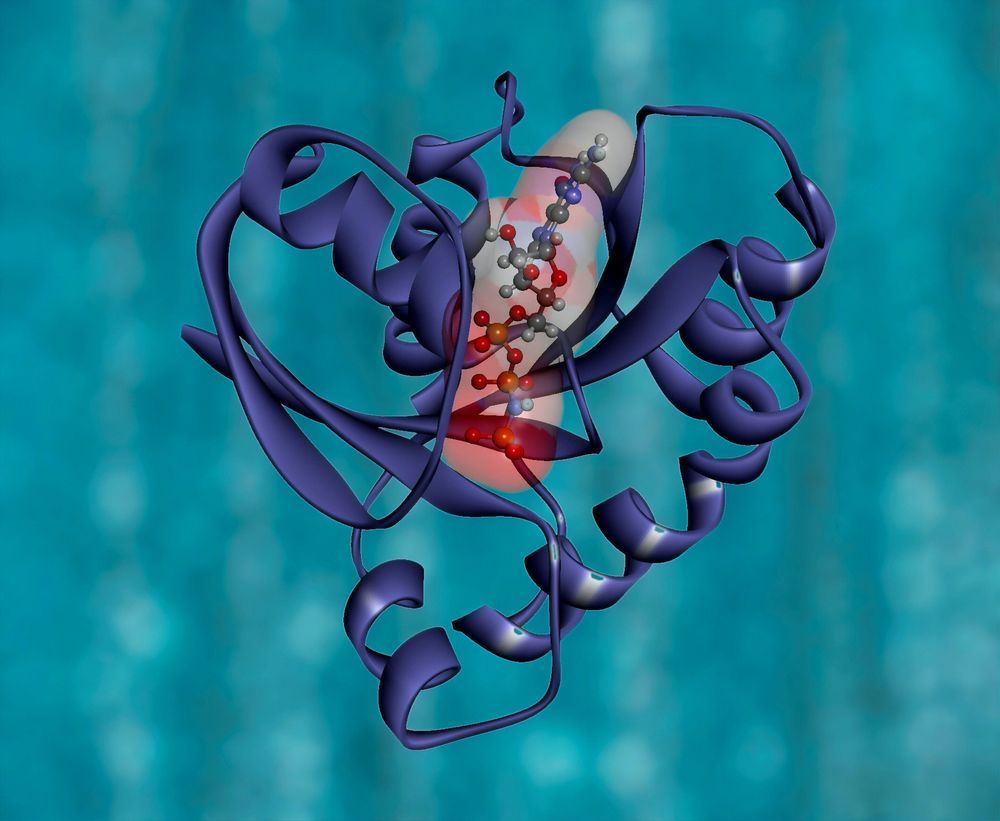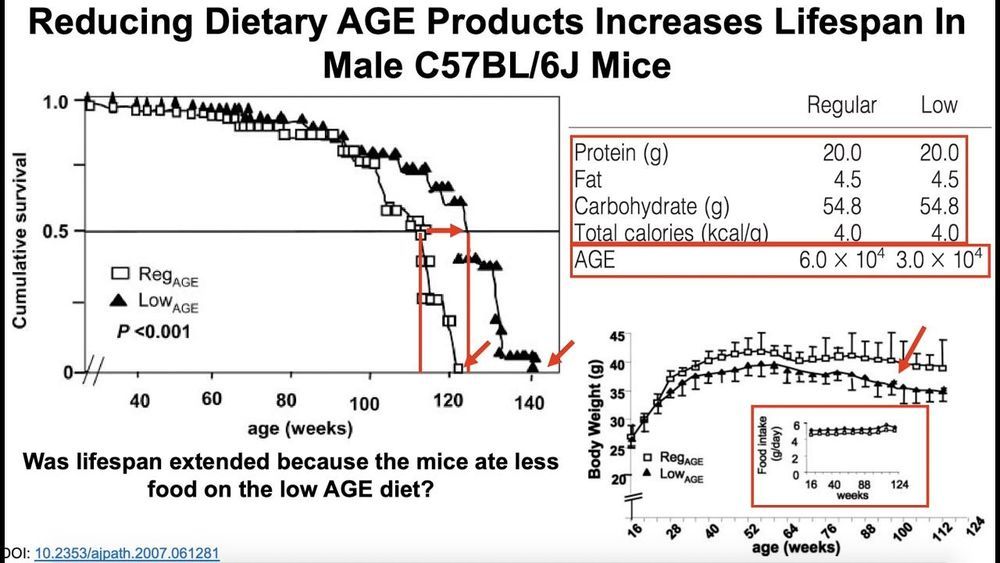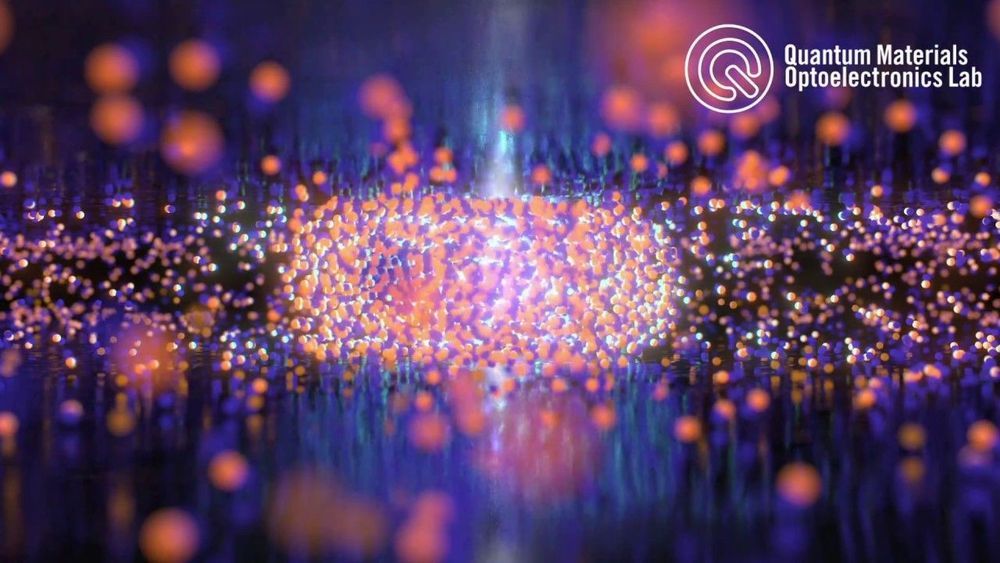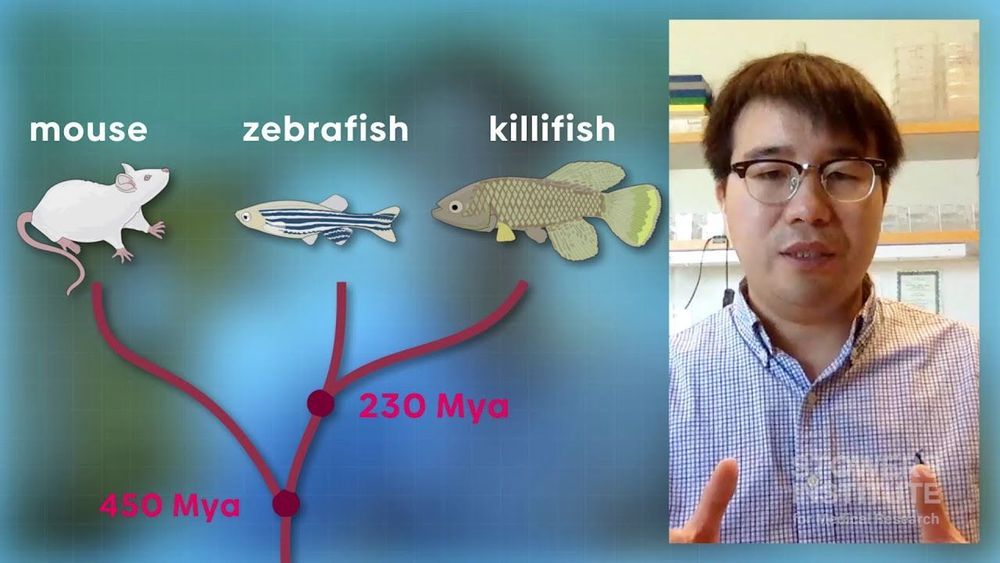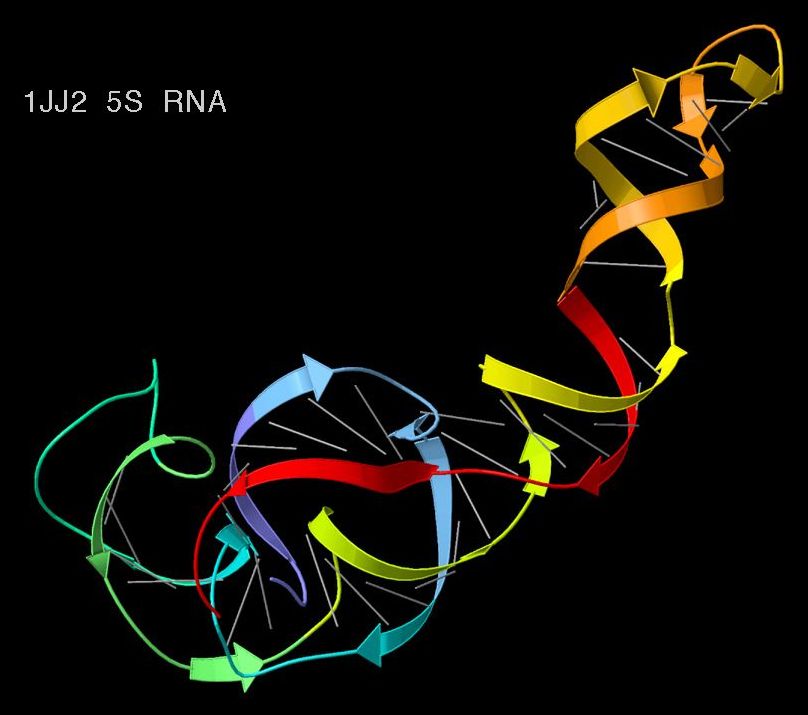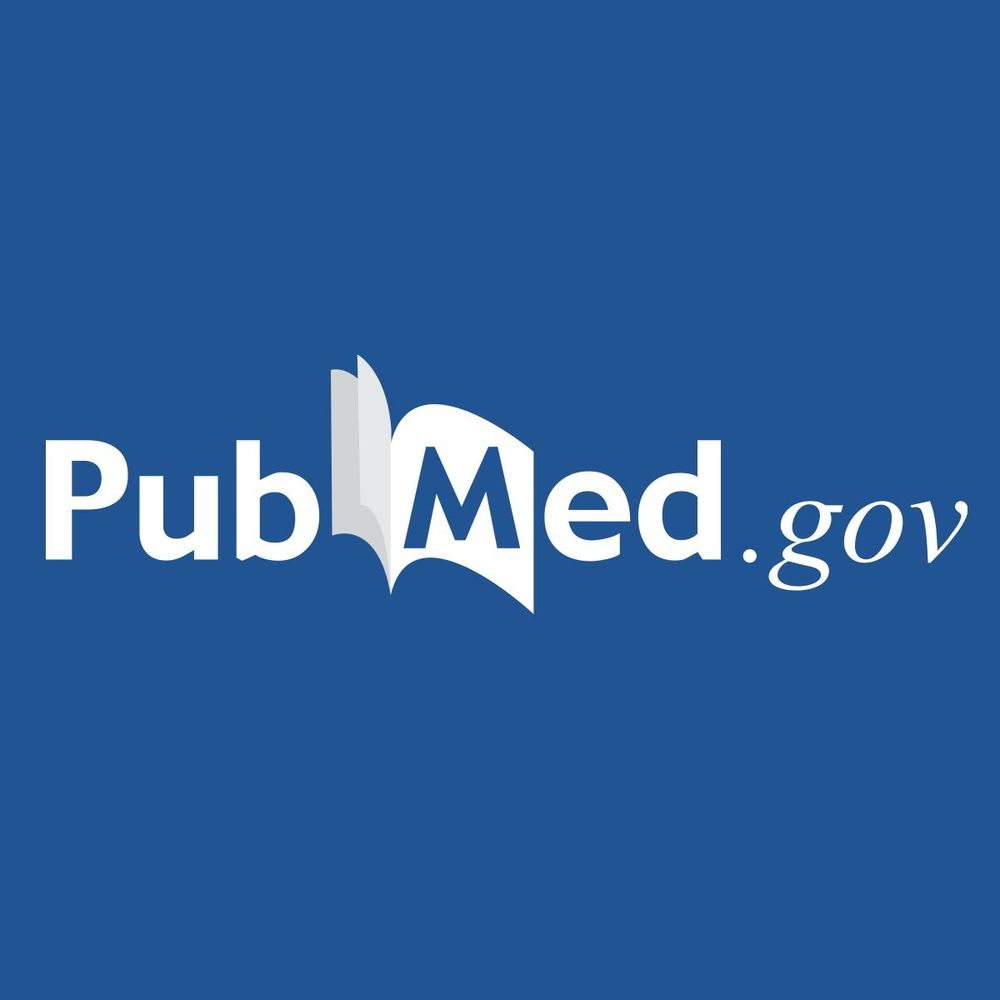Sep 8, 2020
Men may have a slower immune response to the coronavirus than women, and that could explain their higher mortality rates
Posted by Omuterema Akhahenda in category: biotech/medical
Men’s delayed immune-system responses to the coronavirus could put them at higher risk of dying from COVID-19 than women, according to a study from University of Washington researchers. They found that, for women under the age of 60, their immune systems produced a near immediate defense against the virus. However, for men of all ages, it took an average of three days for their bodies to deploy T cells (white blood cells that sense and destroy virus-infected cells) to fight the novel coronavirus. note: estrogen and progesterone are in clinical trials as treatment, along with over 300 drugs.
It took three days for men infected with COVID-19 to develop immune system responses, while women’s bodies began to fight the virus right away.


